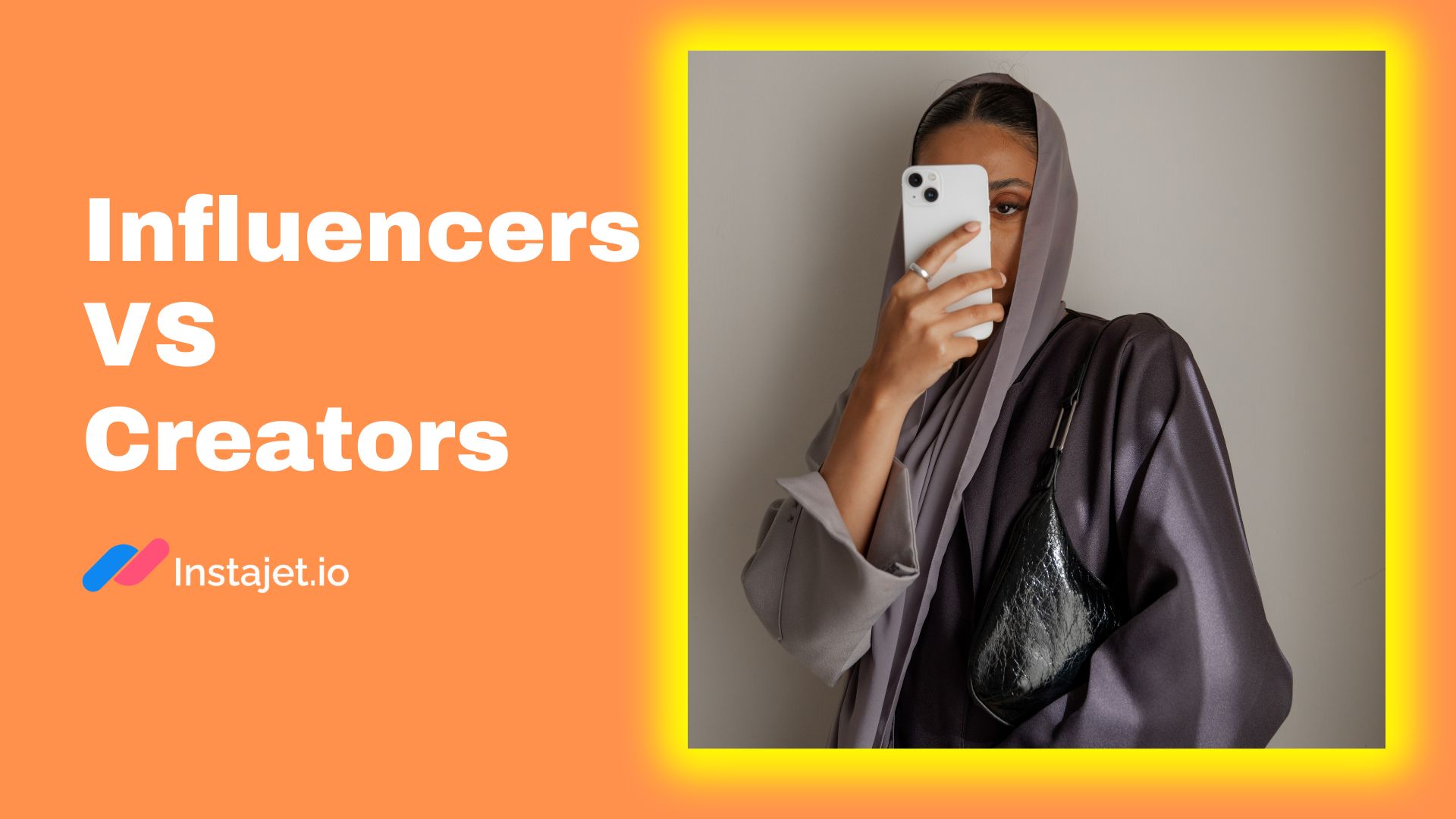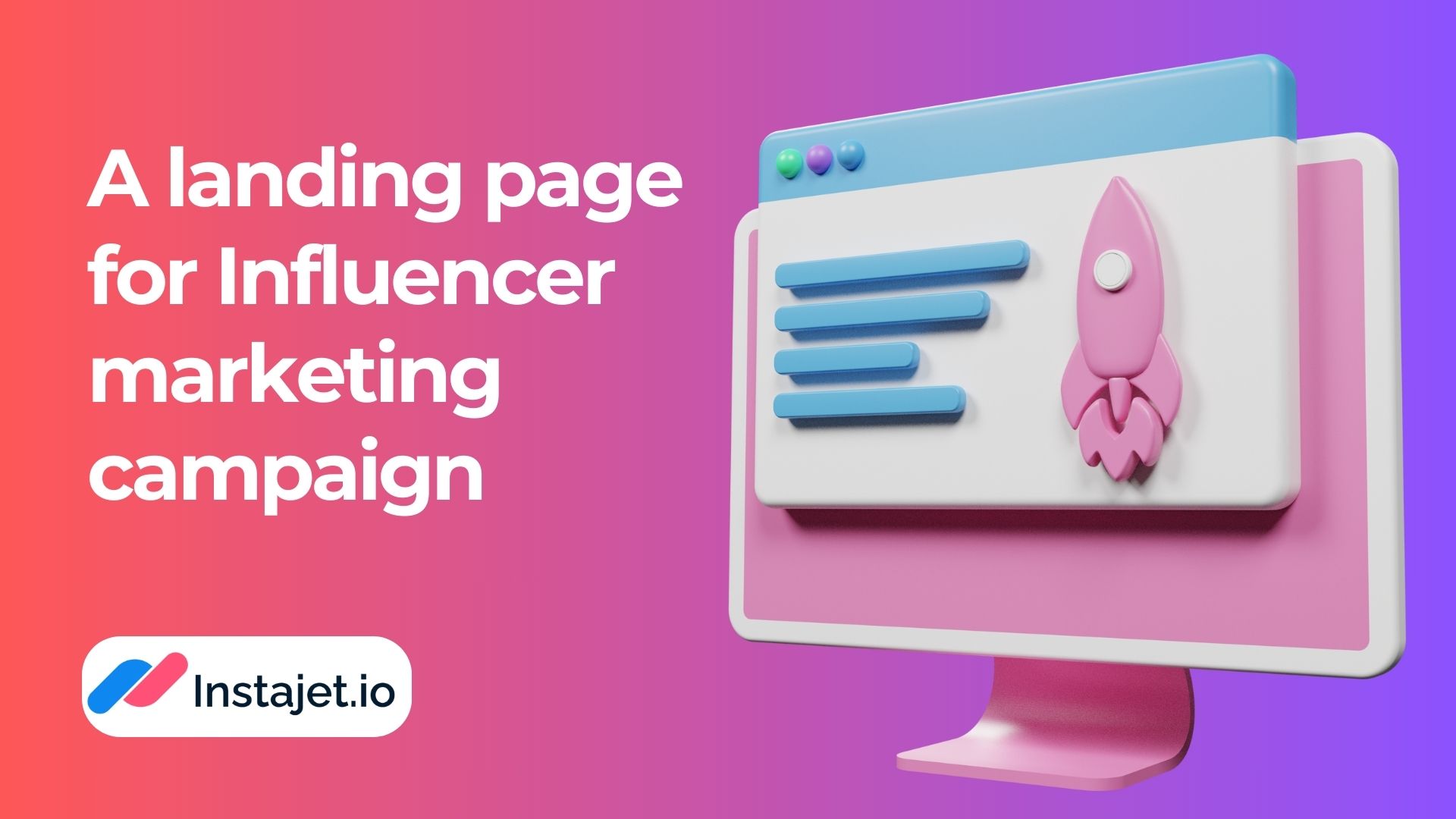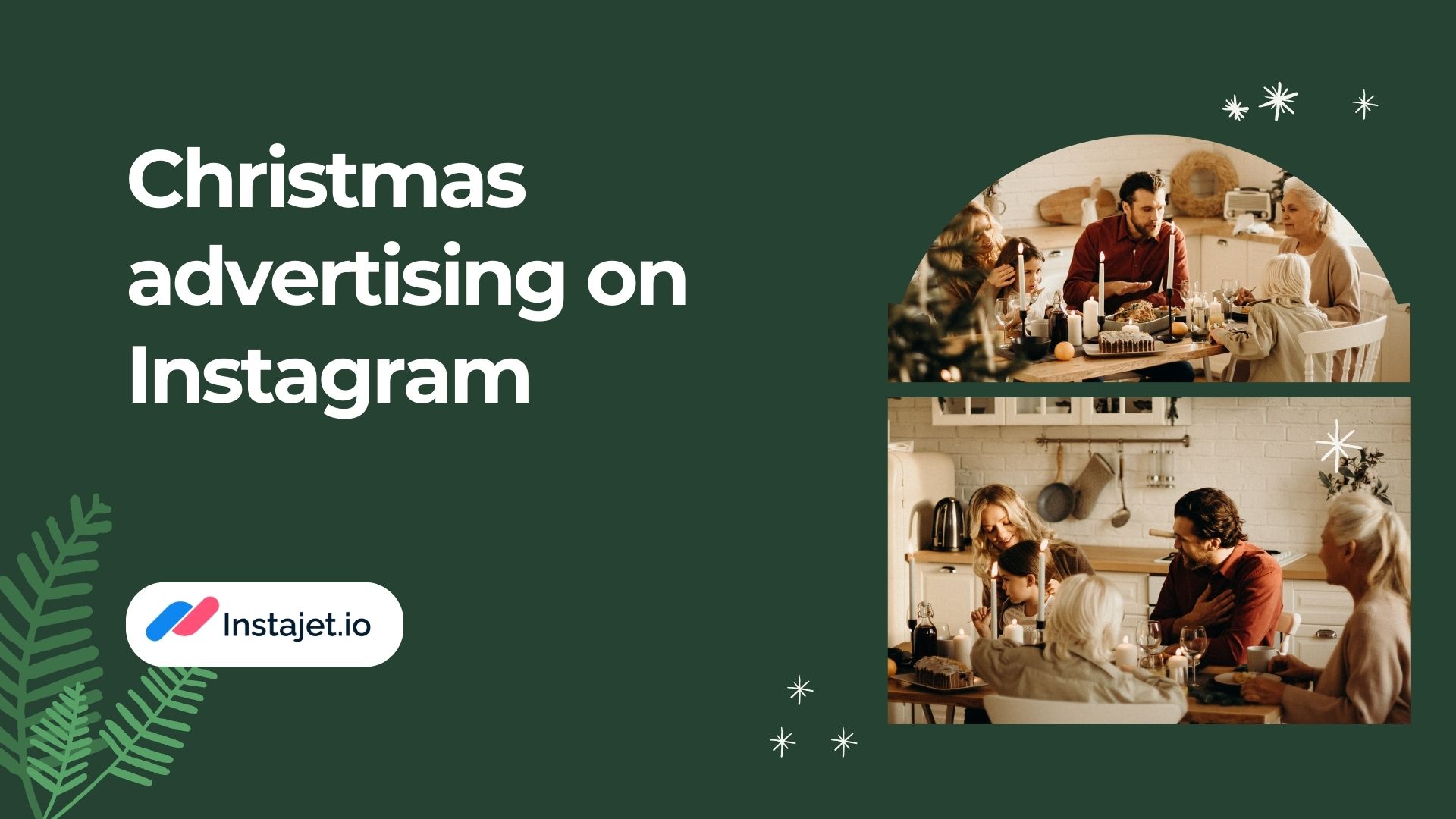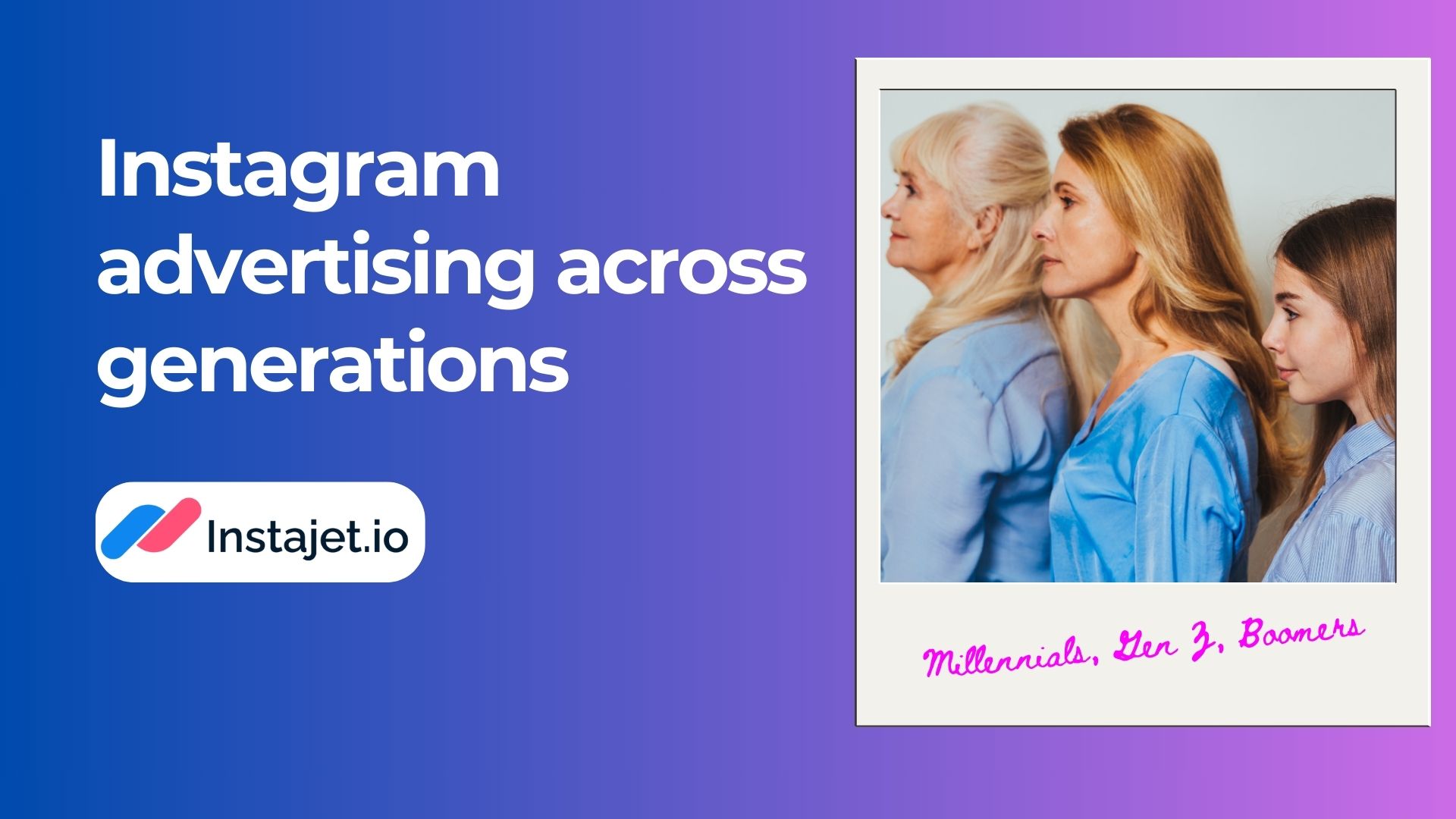In the not-so-distant past, advertising was a world dominated by polished billboards, catchy jingles, and larger-than-life personalities gracing our television screens. It was an era where the message was crafted by marketing gurus in boardrooms, and consumers were passive recipients of these well-crafted narratives.
But as the digital age unfolded, it brought with it a seismic shift in the way we consume, create, and interact with content. In this brave new world, a duo emerged as the heralds of change: the Creator and the Influencer.
In the Creator Era, advertising isn't just about selling products; it's about storytelling, authenticity, and forging connections in a global village powered by social media. It's a realm where the lines between the advertiser and the audience blur, where the power of persuasion lies not in boardrooms but in the hands of those who wield the cameras, keyboards, and smartphones.
Defining the roles
Creators
Creators, as the name suggests, are individuals or groups of people who generate original content across various platforms. They excel in producing engaging and often artistic content, which can encompass anything from photography, videos, blog posts, artwork, music, and more. Creators are driven by their passion and creativity rather than primarily aiming to promote products or services.
Influencers
Influencers, on the other hand, are individuals who have built a substantial online following and possess the ability to sway the opinions, behaviors, and purchasing decisions of their audience. Influencers use their online presence and authority to promote products, services, or ideas, often in collaboration with brands.
Examples
Let's delve into some real numbers and examples to clarify these differences.
Creators:
- PewDiePie - Felix Kjellberg, is a YouTube sensation and a classic example of a creator. With over 110 million subscribers, PewDiePie became famous by creating engaging and humorous gaming videos. While he does promote products occasionally, his primary focus is on creating content that entertains his audience.
- Photographers on Instagram.Many photographers on Instagram are creators. They gain followers by consistently sharing their artistic photos, often reflecting their unique style and perspective. These creators might occasionally collaborate with brands, but their core identity revolves around their creative work.
Influencers:
- Kylie Jenner is a prime example of an influencer. With millions of followers on Instagram, she has the power to significantly influence her audience's beauty and fashion choices. Jenner partners with brands to promote her cosmetics line, leveraging her massive online reach.
- Fitness Influencers on TikTok. TikTok is home to many fitness influencers who use their platform to endorse workout gear, supplements, and fitness programs. These influencers have built credibility within the fitness niche, making their recommendations highly influential.
Why the distinction matters
Understanding the difference between creators and influencers is essential for several reasons. Knowing the role a content creator or influencer plays can help brands select the right individuals for their marketing campaigns. For example, if a brand wants to showcase the aesthetic qualities of its product, collaborating with a visual creator might be more effective than partnering with a fitness influencer.
Creators often have a more authentic and genuine relationship with their audience, as their content is not primarily driven by promotions. This authenticity can be a powerful asset for brands aiming to connect on a deeper level with consumers. Brands can build long-term relationships with creators who align with their values and aesthetic, resulting in more consistent and sustainable collaborations.
Finally, distinguishing between creators and influencers allows brands to measure the impact of their campaigns more accurately. Creators might not generate the same immediate sales as influencers, but their content can contribute to brand awareness and affinity over time. In the digital landscape, creators and influencers each play unique roles, and understanding these distinctions is paramount for businesses and brands seeking to navigate the complex world of online marketing. Creators are driven by their creativity and passion, while influencers leverage their reach and authority to promote products and services. By recognizing these differences, brands can make more informed decisions when selecting partners for their digital marketing campaigns, ultimately leading to more effective and authentic connections with their target audience.
Who to choose to advertise
Deciding whether to advertise your product with a creator or an influencer on Instagram depends on your specific goals, target audience, and the nature of your product or service. Both creators and influencers have their advantages and can be effective for different marketing objectives. Here's a breakdown to help you decide:
💁♀Choose a creator if:
- If your product fits well within the creator's content theme, it can result in more authentic and seamless promotion. Creators often have a distinct style or niche that aligns with your brand.
- If your goal is to build long-term brand awareness and credibility, creators can be a great choice. They typically have a dedicated, engaged following that trusts their recommendations.
- If you need high-quality content created around your product, creators excel in producing visually appealing and creative content. This can be valuable for your brand's content library.
- Creators are often seen as more authentic because their content is not primarily driven by paid promotions. This authenticity can resonate well with audiences.
🗣Choose an influencer if:
- If you're looking for quick results and immediate sales, influencers can be effective. They have the ability to directly influence their followers' purchasing decisions.
- If your goal is to reach a broad audience quickly, influencers can provide that exposure. Influencers often have larger followings compared to creators.
- If you want detailed product reviews and recommendations, influencers are often better equipped to provide in-depth insights into your product's features and benefits.
- If you have a very specific target audience, look for influencers within that niche. They can help you reach a highly relevant audience interested in your product.
- Influencers can effectively promote limited-time offers, discounts, or giveaways to create a sense of urgency and drive sales.
Summing up
Ultimately, the decision should be guided by your marketing objectives, the nature of your product, and your budget. In some cases, a combination of both creators and influencers may work best to achieve different goals within the same campaign. It's important to research and select individuals who align with your brand values and resonate with your target audience to ensure the most successful advertising campaign on Instagram.
Any questions left?
We are Instajet.io - a service that helps advertisers find their audience through integrations with bloggers, handpicked by our team. All you need to do is to register on our website, and start picking influencers that fit your brand - hundreds of them in one place, eager for cooperation!
Follow our Telegram channel. Here you will find many useful materials for your ad campaigns and promo codes for your integrations. Otherwise, you can also contact us via the form on the website or via our email info@instajet.io. Our support team will be happy to help you!




